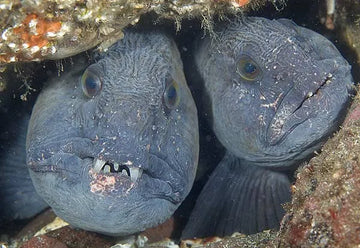The vast majority of divers try to avoid cold destinations and prefer dives in warm waters, both for the comfort of diving in temperatures around 20ºC and for the abundance of marine life. Corals, anemones, turtles, brightly colored nudibranchs, dolphins, large predators... With the opportunity to dive in these conditions and experience such diversity, why would a diver be interested in venturing into cold waters with more challenging conditions?

Cold underwater environments can offer as much richness and diversity as coral reefs in the tropics and the coasts of warm island destinations. While it's true that cold-water dives require divers to be more experienced, physically prepared, and equipped with appropriate gear (a good drysuit and insulating undergarments are essential), it's a unique experience for any diver and is completely distinct from what you would encounter in warm waters, yet equally enriching.
Scuba Diving Alaska - 2015 ADIEU Compilation from ADIEU
Arctic water temperatures fluctuate between 4ºC and 9ºC, and what may initially seem like unfavorable conditions for marine life and limited diversity is actually quite the opposite. Cold water currents bring numerous nutrients that thrive in these nearly icy depths. Only here will you be able to see halibut weighing up to 200 kilograms, giant octopuses, chimaera fish, wolf eels, the world's largest jellyfish such as the lion's mane jellyfish with tentacles that can reach up to 60 meters, vividly colored lumpfish, six-gill sharks... And five different whale species: beluga, humpback whale, gray whale, northern right whale, and minke whale swimming alongside sea lions. If you can also take advantage of the trip to explore the taiga, experience how the Inuit live, witness the American bald eagle in action, or personally discover what lies beneath the surface of an iceberg. Don't you think it could be as interesting a diving destination as warm waters?
 Giant Octopus. Source www.arkive.org
Giant Octopus. Source www.arkive.org
























